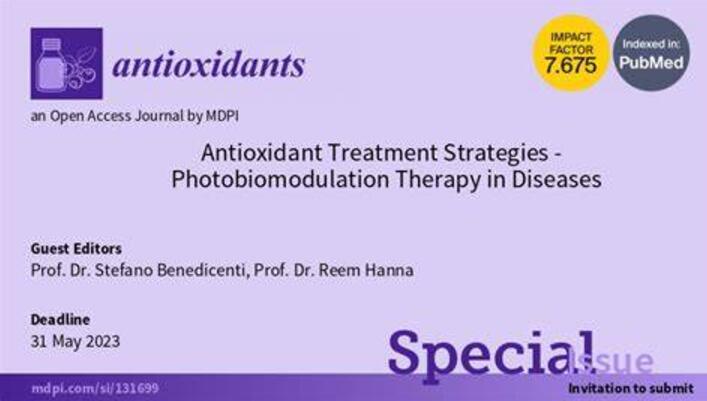挑战 "肌肉疏松症":探索老化骨骼肌中的 AdipoRon,将其作为延长健康寿命的盾牌
IF 6.6
2区 医学
Q1 BIOCHEMISTRY & MOLECULAR BIOLOGY
引用次数: 0
摘要
肌肉疏松症以肌肉质量、质量和功能的丧失为特征,是衰老过程中的重大风险。我们以前曾证实,长期使用脂肪连接素受体激动剂 AdipoRon(AR)可减轻中年肥胖小鼠的肌骨软化症和肌肉退化。本研究旨在确定较短的 AR 治疗是否能有效抵消老年小鼠的肌肉疏松症。研究对象为两组老年小鼠(20-23 个月),一组未经治疗(O),另一组口服 AR(O-AR),剂量为 50 毫克/千克/天,为期三个月,与对照组 3 个月大的年轻小鼠(Y)或 10 个月大的年轻成年小鼠(C-10)进行比较。结果表明,随着年龄的增长,肌肉疏松指数和纤维数量大幅减少,而 AR 能通过恢复肌肉疏松指数和纤维数量,显著逆转肌肉质量的损失。此外,AR 还通过激活 AMPK 通路和增强自噬作用,将小管聚集体和异常线粒体的积累减半,从而成功挽救了 O 型小鼠的肌肉质量。AR 还能通过挽救线粒体活性和提高运动耐力来增强肌肉功能。最后,AR 还能明显抑制肌肉纤维化,减轻局部/系统炎症。因此,为期三个月的抗逆转录酶抑制剂晚期治疗成功地对抗了肌肉疏松症,并抵消了各种衰老标志,这表明抗逆转录酶抑制剂是一种很有前景的骨骼肌抗衰老疗法,有可能延长健康寿命。本文章由计算机程序翻译,如有差异,请以英文原文为准。
Challenging Sarcopenia: Exploring AdipoRon in Aging Skeletal Muscle as a Healthspan-Extending Shield
Sarcopenia, characterized by loss of muscle mass, quality, and function, poses significant risks in aging. We previously demonstrated that long-term treatment with AdipoRon (AR), an adiponectin receptor agonist, alleviated myosteatosis and muscle degeneration in middle-aged obese mice. This study aimed to determine if a shorter AR treatment could effectively offset sarcopenia in older mice. Two groups of old mice (20–23 months) were studied, one untreated (O) and one orally-treated with AR (O-AR) at 50 mg/kg/day for three months, compared with control 3-month-old young mice (Y) or 10-month-old young-adult mice (C-10). Results showed that AR remarkably inversed the loss of muscle mass by restoring the sarcopenia index and fiber count, which were greatly diminished with age. Additionally, AR successfully saved muscle quality of O mice by halving the accumulation of tubular aggregates and aberrant mitochondria, through AMPK pathway activation and enhanced autophagy. AR also bolstered muscle function by rescuing mitochondrial activity and improving exercise endurance. Finally, AR markedly curbed muscle fibrosis and mitigated local/systemic inflammation. Thus, a late three-month AR treatment successfully opposed sarcopenia and counteracted various hallmarks of aging, suggesting AR as a promising anti-aging therapy for skeletal muscles, potentially extending healthspan.
求助全文
通过发布文献求助,成功后即可免费获取论文全文。
去求助
来源期刊

Antioxidants
Biochemistry, Genetics and Molecular Biology-Physiology
CiteScore
10.60
自引率
11.40%
发文量
2123
审稿时长
16.3 days
期刊介绍:
Antioxidants (ISSN 2076-3921), provides an advanced forum for studies related to the science and technology of antioxidants. It publishes research papers, reviews and communications. Our aim is to encourage scientists to publish their experimental and theoretical results in as much detail as possible. There is no restriction on the length of the papers. The full experimental details must be provided so that the results can be reproduced. Electronic files and software regarding the full details of the calculation or experimental procedure, if unable to be published in a normal way, can be deposited as supplementary electronic material.
 求助内容:
求助内容: 应助结果提醒方式:
应助结果提醒方式:


